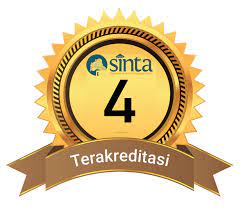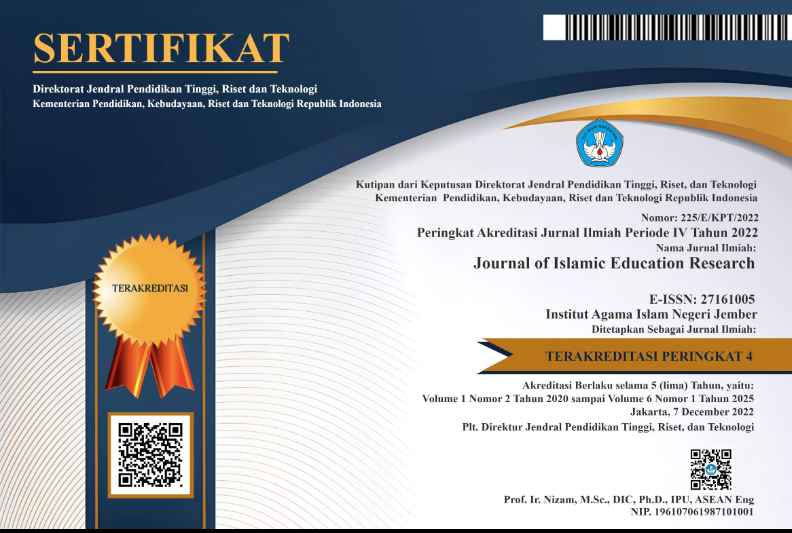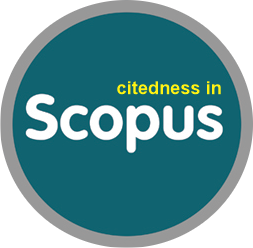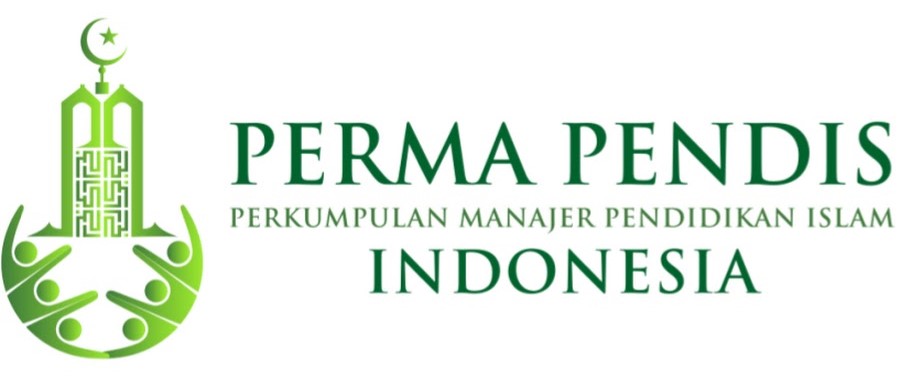Women’s Leadership in Educational Institutions: A Qualitative Literature Review on Challenges and Strategic Opportunities
Women leaders in education continue to face structural and cultural barriers, such as biased recruitment and leadership stereotypes tied to masculinity. However, their collaborative, empathetic, and inclusive leadership style offers unique advantages in building responsive and innovative educational environments. This qualitative literature review explores studies, policies, and best practices related to women's leadership in educational institutions. The findings reveal that gender quotas, leadership training, and mentoring programs effectively increase women’s access to strategic roles. Mentoring also boosts confidence and expands professional networks. To empower women as transformative leaders, institutions must adopt inclusive policies, support mentoring initiatives, and challenge gendered cultural norms. Strengthening women’s leadership can improve institutional equity, innovation, and sustainability.
Pemimpin perempuan di bidang pendidikan masih menghadapi hambatan struktural dan kultural, seperti bias dalam rekrutmen serta stereotip bahwa kepemimpinan adalah sifat maskulin. Namun, gaya kepemimpinan perempuan yang kolaboratif, empatik, dan inklusif memiliki keunggulan dalam menciptakan lingkungan pendidikan yang adaptif dan inovatif. Studi pustaka ini menggunakan pendekatan kualitatif untuk menelaah berbagai penelitian, kebijakan, dan praktik terbaik terkait kepemimpinan perempuan. Hasil menunjukkan bahwa kuota gender, pelatihan kepemimpinan, dan program mentoring efektif meningkatkan akses perempuan ke posisi strategis. Mentoring juga memperkuat kepercayaan diri dan jaringan profesional. Untuk memberdayakan perempuan sebagai pemimpin transformatif, institusi perlu menerapkan kebijakan inklusif, mendukung program mentoring, dan menantang norma budaya yang bias gender. Penguatan kepemimpinan perempuan akan mendorong kesetaraan, inovasi, dan keberlanjutan institusi pendidikan.
Downloads
References
Alshdiefat, A. S., Lee, A., Sharif, A. A., Rana, M. Q., & Abu Ghunmi, N. A. (2024). Women in leadership of higher education: critical barriers in Jordanian universities. Cogent Education, 11(1). https://doi.org/10.1080/2331186X.2024.2357900
Awan, A., Yousaf, F. N., & Malik, A. (2024). Experiences of women leaders in the academia of Pakistan: Social expectations and challenges for women leadership. Pakistan Social Sciences Review, 8(3), 589–601. https://doi.org/10.35484/pssr.2024(8-III)46
Baker, Marzena, Ali, Muhammad, and Erica French, (2019), The impact of women’s representation on performance in project-based and non-project-based organizations, International Journal of Project Management, 37(7). https://doi.org/10.1016/j.ijproman.2019.06.001
Baptiste, J., Choudhury, L., Giubertoni, E., & Sum, N. (2024). A balancing act: successfully managing senior leadership roles and motherhood. School Leadership & Management, 44(5), 586–604. https://doi.org/10.1080/13632434.2024.2414255
Bass, B. M., & Riggio, R. E. (2020). Transformational leadership (2nd ed.). Psychology Press.
Beloskar, M., et al. (2024). Women leadership in higher education: Past, present and future trends. Asian Education and Development Studies. https://doi.org/10.1108/aeds-11-2023-0168
Bhatti, A., & Ali, R. (2021). Women's leadership pathways in higher education: role of mentoring and networking. Asian Women, 37(3), 25-50. https://e-asianwomen.org/xml/30536/30536.pdf
Cakrawikara. (2021). Diskusi publik “Kepemimpinan perempuan di sekolah dasar: Hambatan dan peluang.” https://cakrawikara.id/2021/12/diskusi-publik-kepemimpinan-perempuan-di-sekolah-dasar-hambatan-dan-peluang/
Debebe, G., Anderson, D., Bilimoria, D., & Vinnicombe, S. M. (2016). Women’s Leadership Development Programs: Lessons Learned and New Frontiers. Journal of Management Education, 40(3), 231-252. https://doi.org/10.1177/1052562916639079
Eagly, A. H., & Carli, L. L. (2021). Women and the labyrinth of leadership. Harvard Business Review. https://hbr.org/2007/09/women-and-the-labyrinth-of-leadership
Eagly, A. H., & Heilman, M. E. (2020). Gender and leadership: Introduction to the special issue. The Leadership Quarterly, 31(2), 101–115. https://doi.org/10.1016/j.leaqua.2016.04.002
Eagly, A. H., & Johannesen-Schmidt, M. C. (2022). Transformational, transactional, and laissez-faire leadership styles: A meta-analysis comparing women and men. Psychological Bulletin, 132(4), 102–112. https://doi.org/10.1037/0033-2909.129.4.569
Eagly, A. H., & Karau, S. J. (2002). Role congruity theory of prejudice toward female leaders. Psychological Review, 109(3), 573–598. https://doi.org/10.1037/0033-295X.109.3.573
Elo, S., & Kyngäs, H. (2008). The qualitative content analysis process. Journal of Advanced Nursing, 62(1), 107–115. https://doi.org/10.1111/j.1365-2648.2007.04569.x
Ely, R., & Padavic, I. (2021). Work-family conflict and gender inequality in organizations. Gender & Society, 35(2), 240–267. https://www.hbs.edu/faculty/Pages/item.aspx?num=55807
Ely, R., Ibarra, H., & Kolb, D. (2021). Taking gender into account: Theory and design for women's leadership development programs. Academy of Management Learning & Education. https://www.hbs.edu/faculty/Pages/item.aspx?num=41610
Fitzsimmons, T., Callan, V., & Paulsen, N. (2020). Gender disparity in leadership: The glass cliff. The Leadership Quarterly, 31(2), 101–113. https://doi.org/10.1016/j.leaqua.2013.08.005
Gaus, N., Larada, N., Jamaluddin, S., Paramma, M. A., & Karim, A. (2023). Understanding the emergence of females as leaders in academia: The intersections of gender stereotypes, status and emotion. Higher Education Quarterly, 77(4), 693–708. https://doi.org/10.1111/hequ.12426
Giddens, A. (2021). Sociology (8th ed.). Polity Press.
Greenhaus, J. H., & Allen, T. D. (2021). Work–family balance: A review and extension of the literature. Journal of Vocational Behavior, 122, 103–118.
Heilman, M. E., & Caleo, S. (2020). Gender stereotypes and workplace bias. Research in Organizational Behavior, 40, 100–116. https://doi.org/10.1016/j.riob.2012.11.003
Hernifiona. (2023). Peran kepemimpinan kepala sekolah perempuan dalam meningkatkan kinerja guru di SD Negeri Banjaran 2 Kota Kediri. UIN Sayyid Ali Rahmatullah Tulungagung.
Hochschild, A. R. (1989). The Second Shift: Working Parents and the Revolution at Home. Viking Penguin.
Ibarra, H. (1993). Personal networks of women and minorities in management: A conceptual framework. The Academy of Management Review, 18(1), 56–87. https://doi.org/10.2307/258823
Klenk, T., Antonowicz, D., Geschwind, L., Pinheiro, R., & Pokorska, A. (2022). Taking women on boards: a comparative analysis of public policies in higher education. Policy Reviews in Higher Education, 6(2), 128–152. https://doi.org/10.1080/23322969.2022.2066014
Lu, X. (2020). The barriers, facilitators, and solutions for women in educational leadership roles in a Chinese university. Asia Pacific Journal of Education, 40(2), 1–15. https://doi.org/10.1163/22125868-12340117
Mackey, A., & Petrucka, P. (2021). Technology as the key to women’s empowerment: a scoping review. BMC women's Health, 21, 1-12. https://doi.org/10.1186/s12905-021-01225-4
Mareque, M., de Prada, E., & Pino Juste, M. (2022). Aspiring and inspiring: the role of women in educational leadership. Gender in Management: An International Journal, 37(8), 1009-1025. https://doi.org/10.1108/GM-07-2021-0221
McKenzie, M., & Blenkinsop, S. (2006). An ethic of care and educational practice. Journal of Adventure Education & Outdoor Learning, 6, 91–105. https://doi.org/10.1080/14729670685200781
Moleong, L. J., & Surjaman, T. (1989). Metodologi penelitian kualitatif. Remadja Karya. https://books.google.co.id/books?id=YXsknQEACAAJ
Monkman, K. (2021). Gender equity in global education policy. In Oxford research encyclopedia of education. https://doi.org/10.1093/acrefore/9780190264093.013.1334
New Zealand Ministry of Education. (2023). Gender balance in educational leadership.
Northouse, P. G. (2021). Leadership: Theory and practice (9th ed.). Sage Publications. https://www.scirp.org/reference/referencespapers?referenceid=3786973
Nur Kholis. (2020). Perempuan dalam posisi kepemimpinan pendidikan. UIN Sunan Ampel Surabaya.
Pant, Y., & Shiwakoti, R. (2025). Women in Educational Leadership: Realities and Challenges. Nepal Journal of Multidisciplinary Research, 8(2), 151–160. https://doi.org/10.3126/njmr.v8i2.78025
Sandberg, S. (2020). Lean in: Women, work, and the will to lead (Updated ed.).
Shakeshaft, C. (1989). Women in Educational Administration. Thousand Oaks, SAGE.
Smith, S. G., & Sinkford, J. C. (2022). Gender equality in the 21st century: Overcoming barriers to women's leadership in global health. Journal of Dental Education, 86(9), 1144-1173. https://doi.org/10.1002/jdd.13059
Downloads
Section
Copyright (c) 2025 Hartinah, Putri Aulia Thamrin, Muhammad Nur Ilham Ilahi, Fitriani, Chumphon Angkananon

This work is licensed under a Creative Commons Attribution-ShareAlike 4.0 International License.












